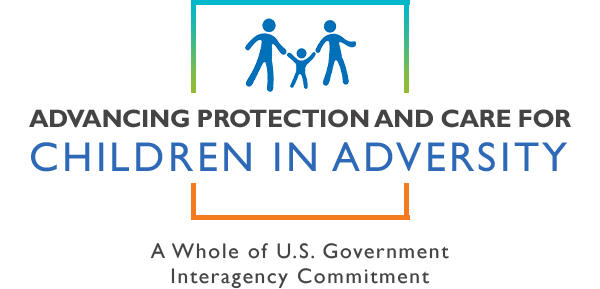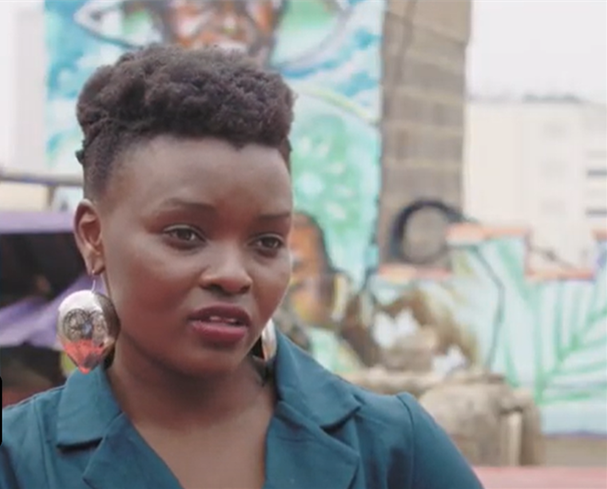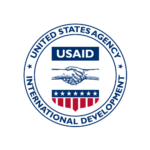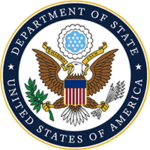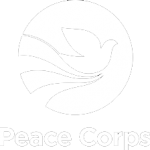HANDING THE MIC TO YOUNG LEADERS: USAID Launches New Youth Councils
October 25, 2021
USAID is actively involving young leaders in implementation of the APCCA Strategy and the USAID Digital Strategy.
Participation does not stop at a story, and there’s more to participation than that… They need to be involved in policies, they need to be involved in evaluation, they need to be involved in the planning…”
— Care Leader Council Member Ruth Wacuka
Practicing positive youth development has long been a priority for USAID and APCCA-funded programs. After speaking with young leaders like Ms. Wacuka, members of the Advancing Protection and Care for Children in Adversity (APCCA) Secretariat recognized the need to go further than engaging these changemakers at the programmatic level and decided to engage young leaders in dialogue on the implementation of the APCCA Strategy and the newly launched USAID Digital Strategy.
Thus, as 2020 drew to a close, USAID‘s YouthPower2: Learning and Evaluation Activity, led by Making Cents International, officially began accepting applications for the new Care Leader Council and the Digital Youth Council. Building upon the ongoing success of the YouthLead Ambassadors, these new Councils will be integrated into USAID’s work related to children in adversity. Over 1,000 youth leaders, ages 16 – 35, applied to join the two councils from every region in the world. The candidates were inspiring with applicants demonstrating incredible passion and talent. Though only a limited number of applicants could be selected as members of the two Councils, USAID looks forward to continuing to interact with these young leaders through the YouthLead.org platform.
“We are simply in awe of the experience and expertise the Council Members bring to the table. We look forward to learning from one another, growing these councils together, and ultimately strengthening our work in implementing APCCA. We recognize that these young leaders bring unique expertise from their lived experiences which can greatly improve the quality of our work.”
— Nikki Enersen, Acting Deputy Director of the Inclusive Development Hub
Through the formation of the Care Leader Council, USAID recognizes that young people who have direct experience living in alternative care (“care leavers”) understand the issues and realities in ways that other professionals cannot. Thus, they can play substantive roles in advocating for care reform because they have lived through and are uniquely able to describe the challenges of living outside of family care, the impacts of residential care, and the need for and value of a family. USAID commits to engaging these young leaders in a manner that is empowering; is sensitive to their experiences; recognizes their expertise; is respectful, and creates room for them to advocate for positive change.
The Digital Youth Council will likewise positively incorporate youth voices and build the capacity of youth participants, creating a two-fold effect, allowing USAID to elicit insight and creative ideas to fulfill the goals of the USAID Digital Strategy: protecting children and youth from Digital Harm while strengthening the professional capacity of a generation of digital changemakers and advocates. Through their work, the Council aims to reduce digital harm for children and youth and gain a better understanding on how children and youth would want to interact with digital assets. The Council also forms part of USAID’s new Global LEAD initiative to support one million young changemakers around the world with increased civic engagement and leadership opportunities.
These Councils began meeting in early Spring of 2021 and the APCCA Secretariat looks forward to collaborating with these youth leaders to actualize the APCCA Objectives: Build Strong Beginnings, Put Family First, and Protect Children from Violence. Be on the lookout in future newsletter editions to learn more about these council members and their work.
